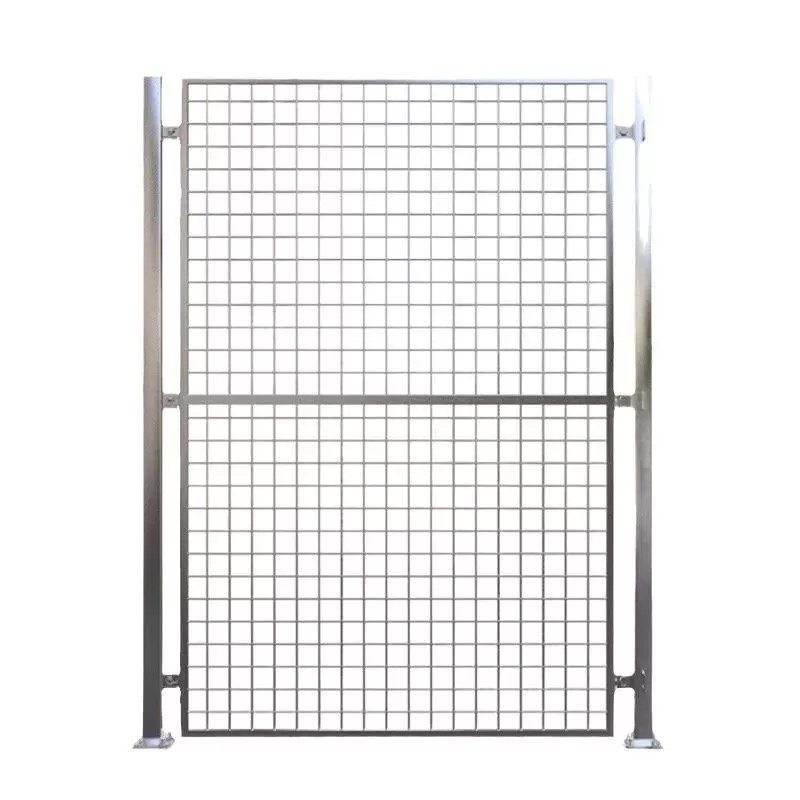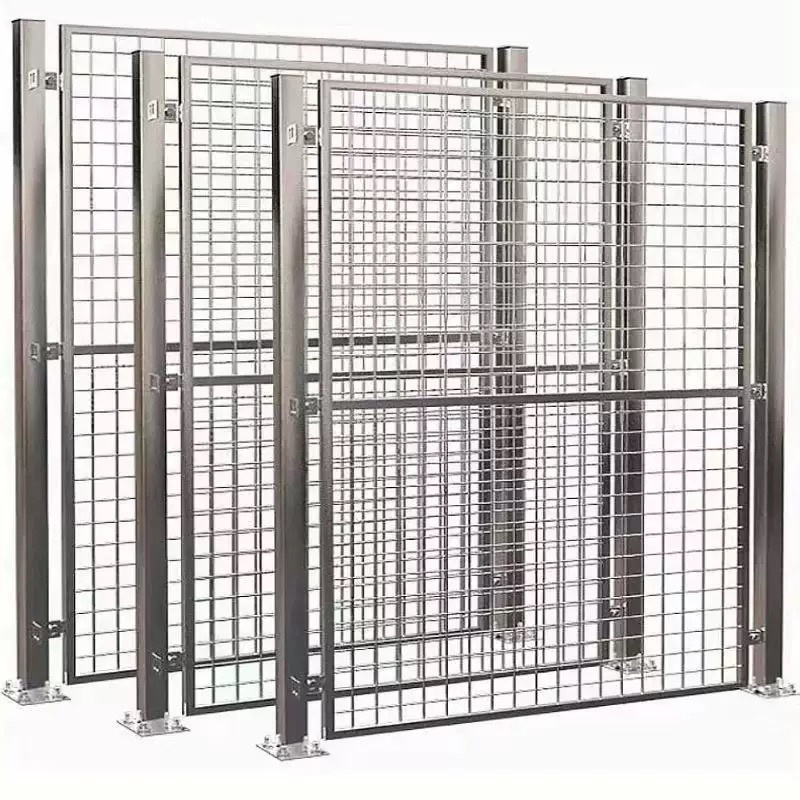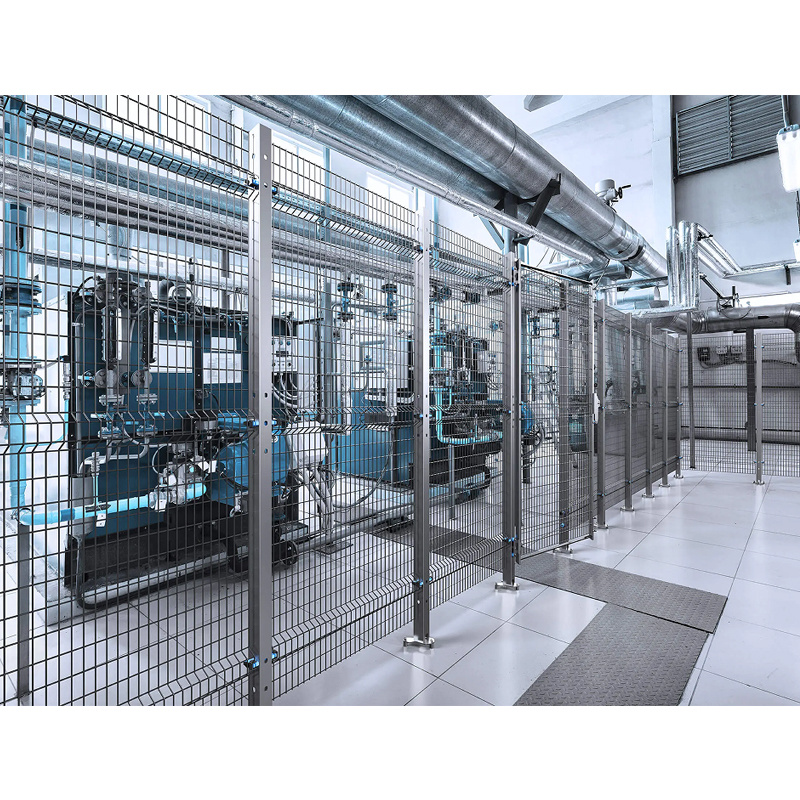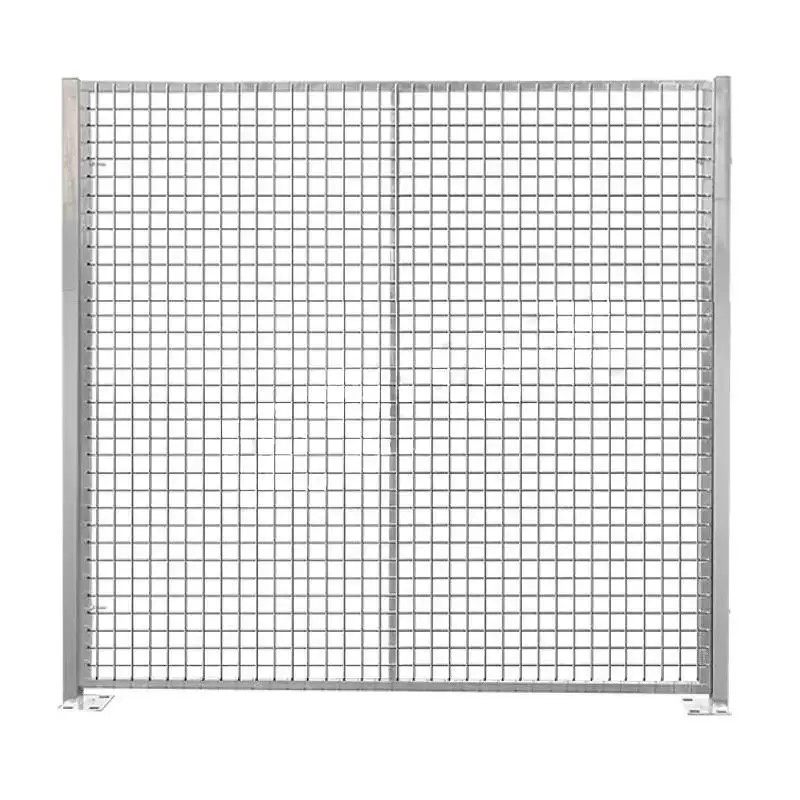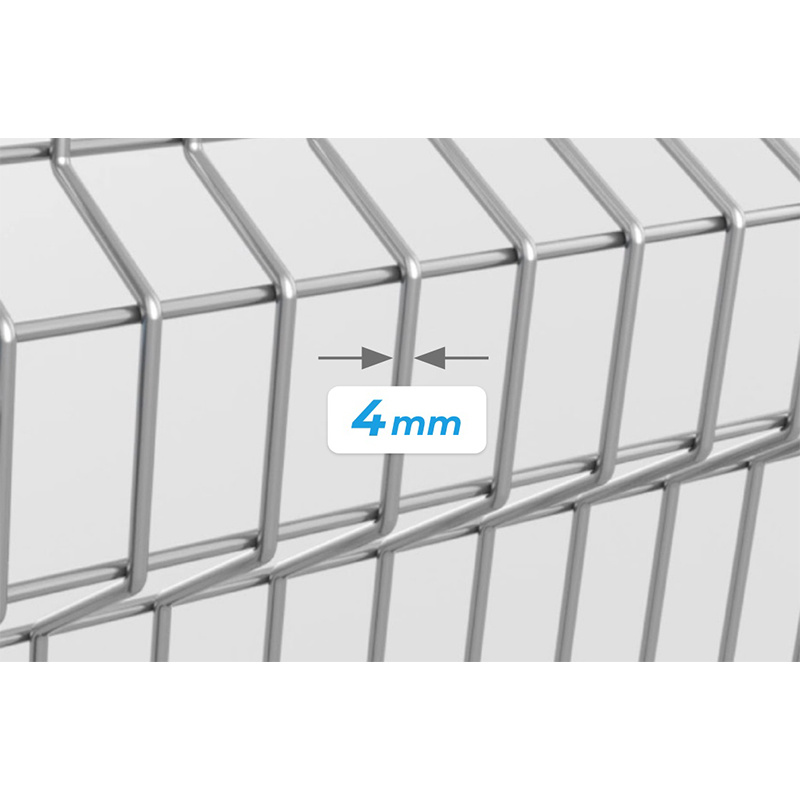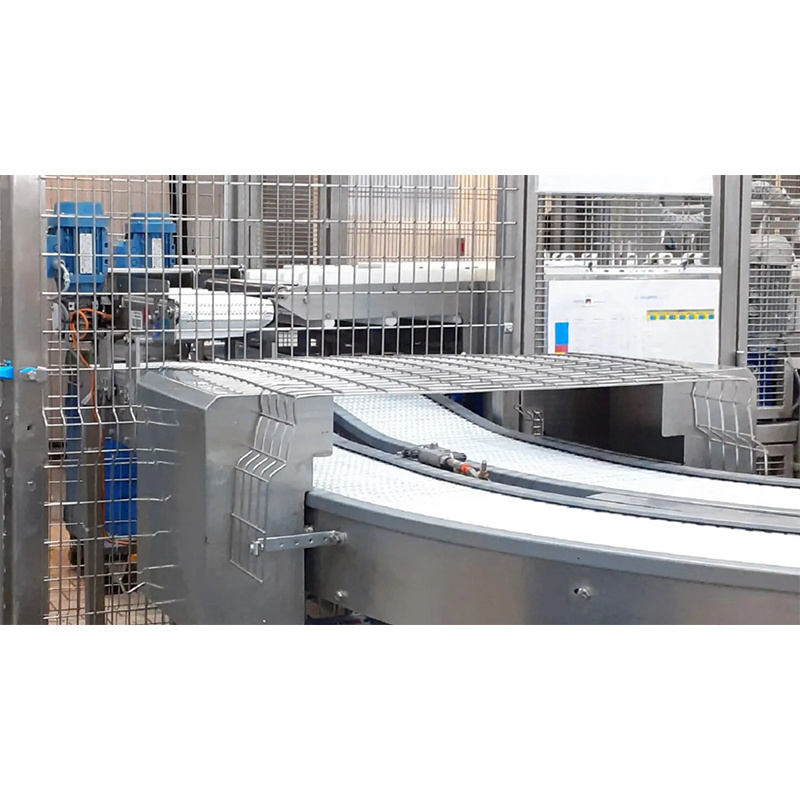Exploring the Advantages of 3D Bending Fences in Architectural Design
Release Time:
Jul 10,2025
3D bending fences have emerged as a dynamic element in the field of construction and decorative materials, particularly in the realm of partitioning and ceiling design.
3D bending fences have emerged as a dynamic element in the field of construction and decorative materials, particularly in the realm of partitioning and ceiling design. This innovative approach to fencing involves the use of advanced techniques that allow for the bending and shaping of materials into three-dimensional forms. As a result, 3D bending fences not only serve as functional barriers but also enhance the aesthetic appeal of various environments.
One of the main advantages of 3D bending fences is their versatility. These fences can be tailored to fit a wide range of applications, whether in residential, commercial, or industrial settings. The ability to create curves and unique shapes allows architects and designers to break away from traditional straight-line designs, leading to more creative and visually engaging spaces. This flexibility makes 3D bending fences an excellent choice for defining areas without compromising on style.
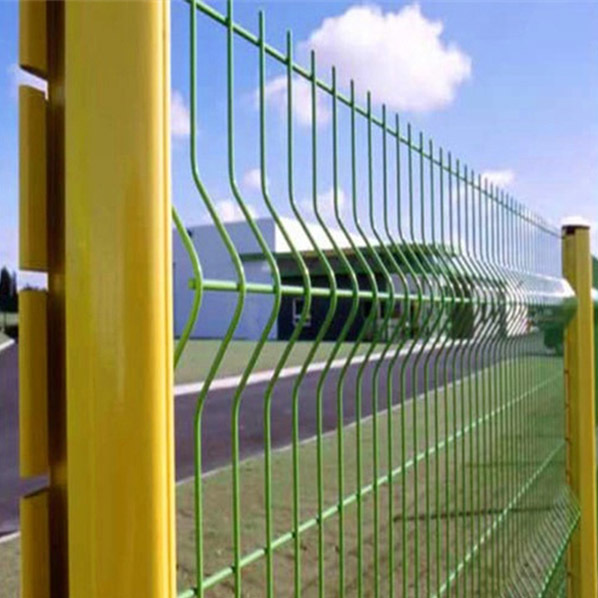
Moreover, 3D bending fences are known for their durability and strength. The materials used in their construction are often engineered to withstand various environmental conditions, making them suitable for both indoor and outdoor use. This resilience ensures that the fences maintain their integrity and appearance over time, providing long-lasting solutions for partitioning needs.
In addition to their practical benefits, 3D bending fences can significantly contribute to sound insulation and privacy. When used as partitions in open-plan spaces, they can help delineate areas while minimizing noise transfer between sections. This feature is particularly beneficial in office environments, where creating quiet zones is essential for productivity. Furthermore, the design of these fences can be customized to enhance privacy in residential settings, making them an attractive option for homeowners looking to create secluded outdoor spaces.
Another noteworthy aspect of 3D bending fences is their eco-friendly potential. Many manufacturers are now focusing on sustainable materials and production methods, aiming to reduce the environmental impact associated with traditional fencing solutions. This shift towards sustainability not only benefits the planet but can also enhance the overall appeal of projects that prioritize green building practices.
In conclusion, 3D bending fences represent a significant advancement in the architectural and decorative materials industry. Their adaptability, durability, acoustic properties, and sustainability make them an ideal choice for modern partitioning solutions. As architects and designers continue to explore innovative ways to utilize these fences, they are likely to become a staple in the creation of functional yet aesthetically pleasing spaces. Whether you are looking to enhance a commercial area or create a serene home environment, consider the possibilities that 3D bending fences can offer.
Hot Products


